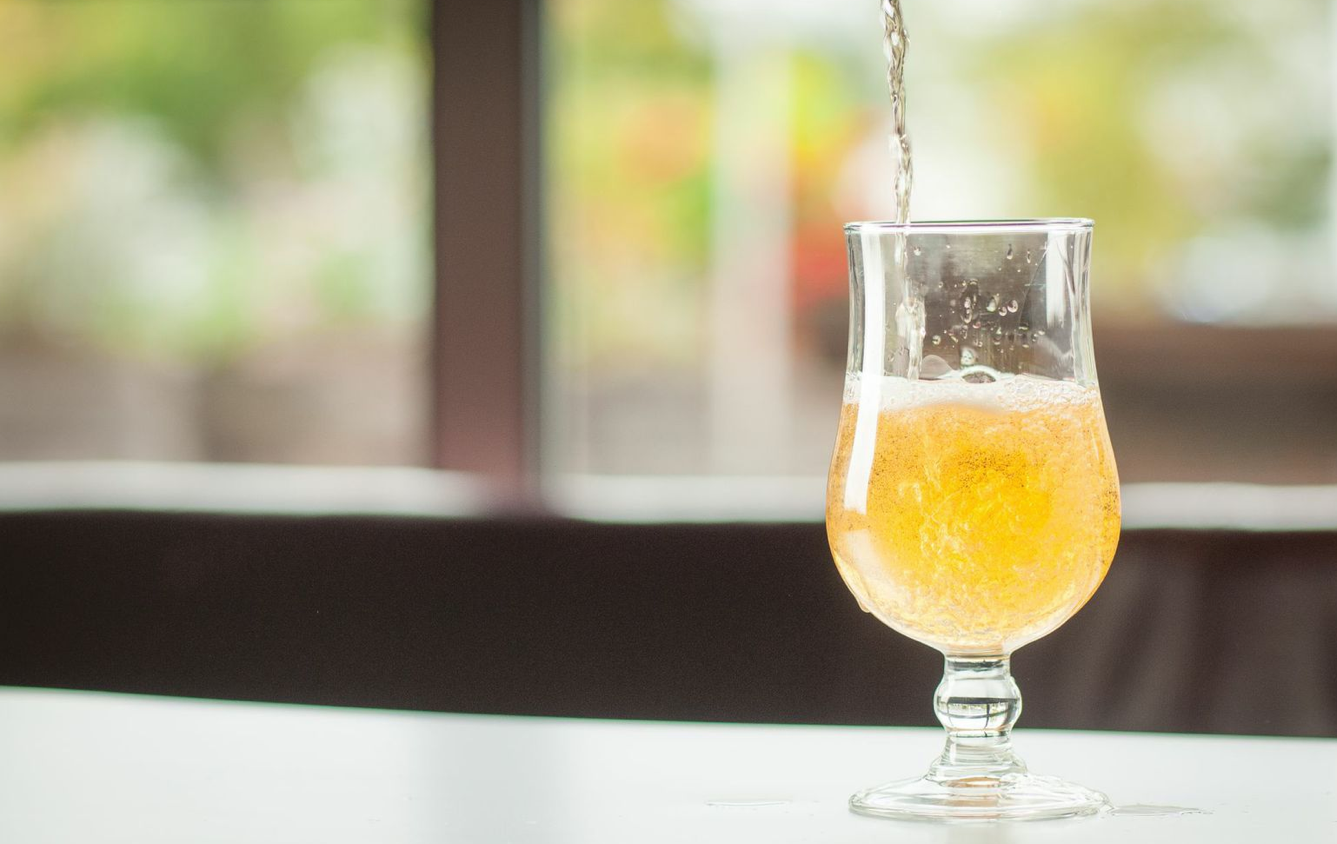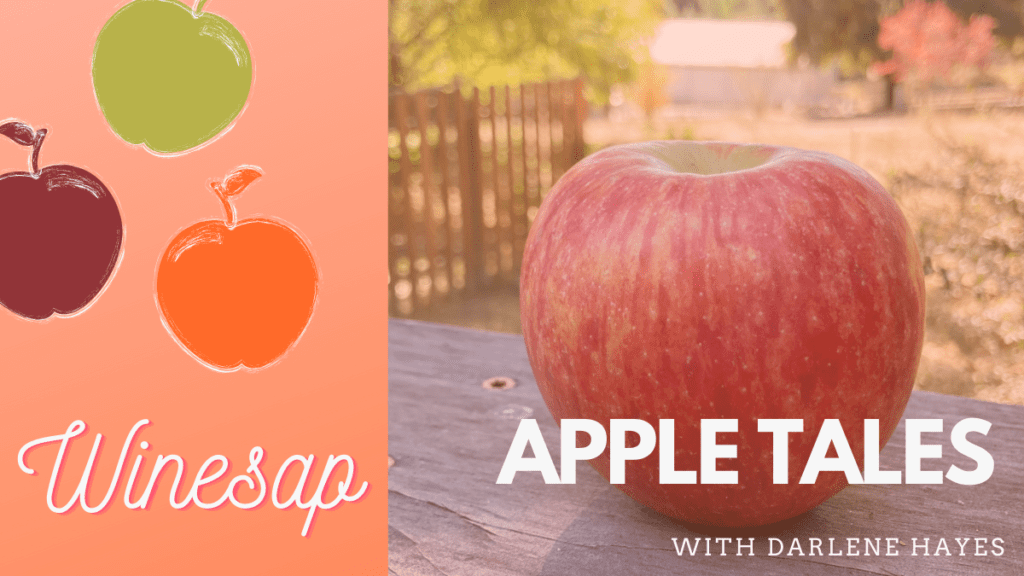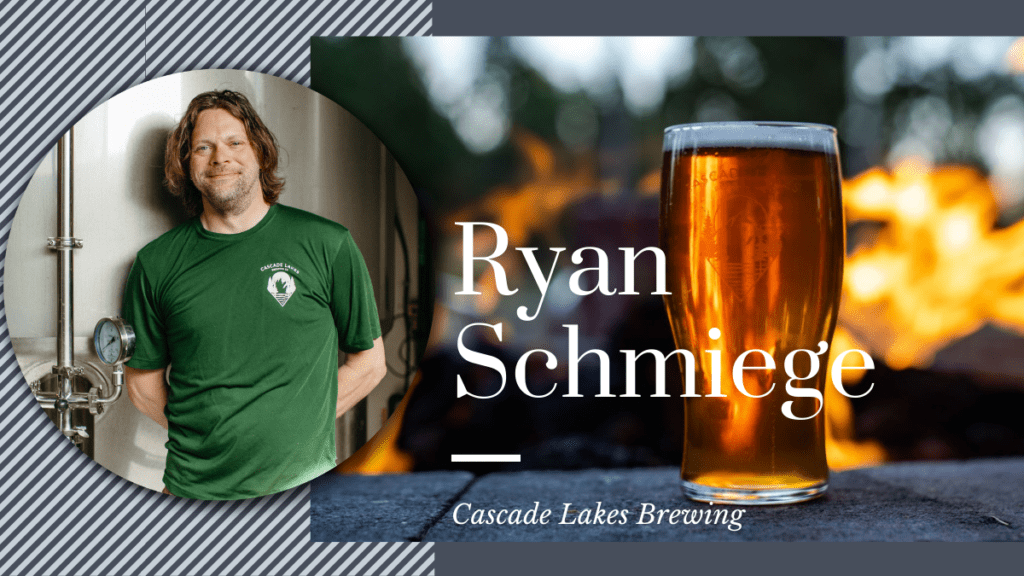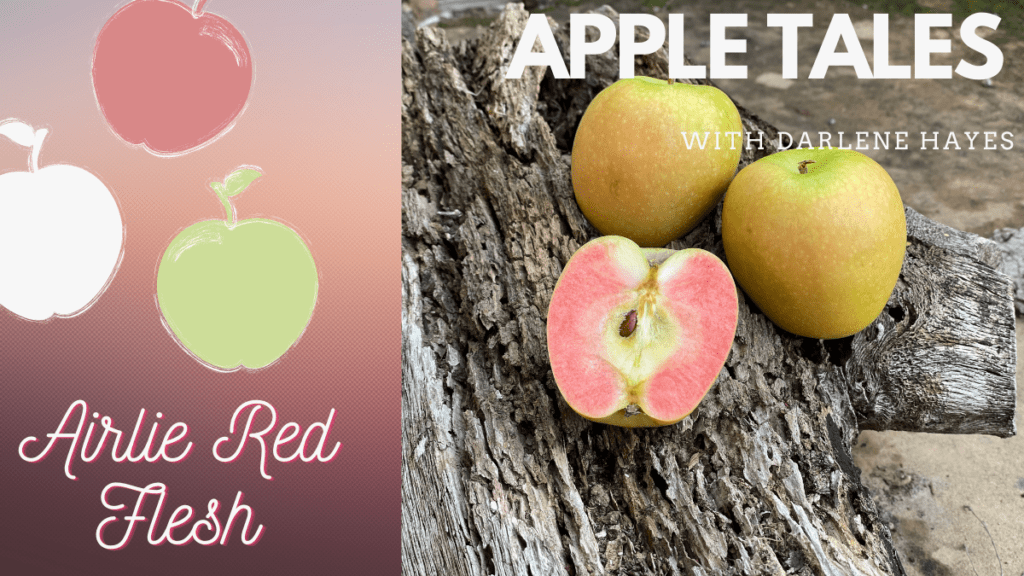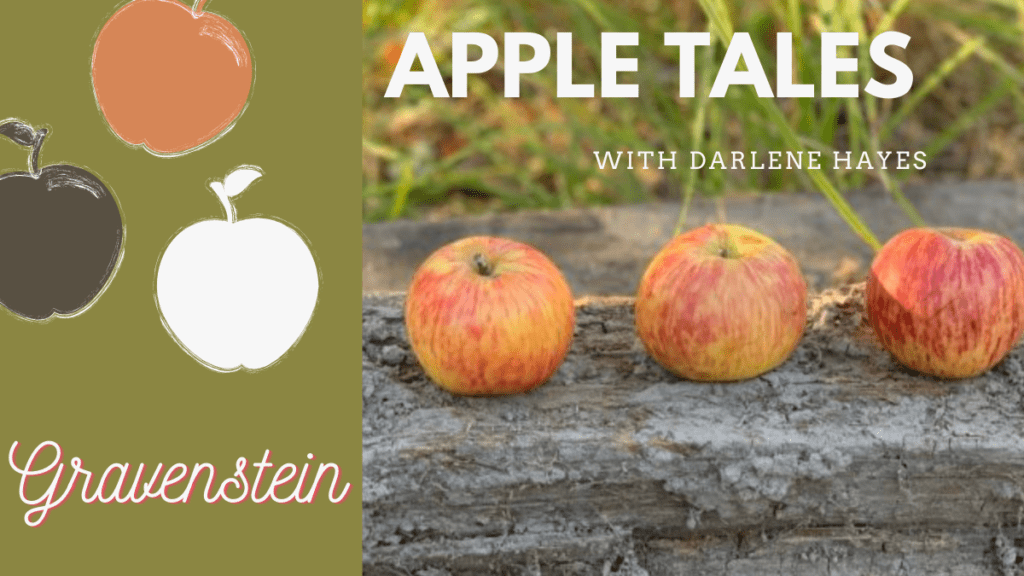by Bill Bradshaw
As a species, our default setting for apples is love. It’s easy to understand why they represent desire; their crisp, colorful, juiciness has always seduced us. A more scientific analysis reveals which component parts give us flavor, structure and strength: sugar, acidity and tannin, with each variety containing individual amounts of each.
Cider Constituents: At the base, the alcohol itself comes directly from the natural sugars in the apple as yeast coverts them into carbon dioxide and alcohol. The acidity (predominantly Malic acid) is important as it gives the drink its characteristic refreshing, crisp tartness. A lower pH also has fermentation benefits too. Tannins are a group of bitter compounds called phenols that are found naturally occurring in apple skins. They give cider a pleasant bitterness, contribute to mouthfeel and are important structural elements too.
Blends: When a cider maker blends apples and/or ciders, their aim is to create a balance of these three components. Any apple with a significant level of these can produce something interesting, but too much of any one component will mean that the juice will need balancing out. For example, a low acid juice will need a second high acid juice, a low tannin juice will benefit from the addition of a high tannin juice and so on.
The apples that cider makers choose to use are based on a combination of what varieties grow well locally whilst offering the right flavor components for cider making. Currently North America suffers from low numbers of true cider fruit, although that is changing. Hectares of orchards are being top grafted with new cider varieties including heirloom fruit in an effort to boost numbers.
Terroir: Not to be confused with a type of dog, the word “terroir” is used to relay the idea of a product having a “sense of place.” Cider made from apples grown in British Columbia, will always taste different to a cider made from apples grown in New England, not purely because of the varieties or methods involved, but because the geography, geology and climate of the two places are so different. The natural factors affecting fruit production and therefore the cider are what give rise to terroir.
Homework: Here are some of my personal favorite non-North American ciders, although they’re all available here. To help improve your cider appreciation skills, obtain and taste the following:
1) Domaine Dupont Cidre Bouche Fermier (Normandy, France): Intense and complex with a full body. The long mouthfeel is of spicy wood, cooked apples and caramel.
2) Sarasola Sagardotegia Sarasola Sagardoa (Basque, Spain): The aromas and flavors are robust, tart and musty, yet balanced and rounded. The mouthfeel is a complex mixture of intense gooseberry sharpness, oaky tannins and a slight barnyard funk.
3) Olivers Bittersweet Funk (Herefordshire, UK): Living up to its name, the aroma is a full, spicy nose with a hint of delicate funk. The flavor is an intricate mix of rich, dry, bittering tannins, sour acids, and a long apple skin finish. They’re quite complex and are fermented using wild yeasts, but decide which ones show typical characteristics of keeving, pronounced tannins and/or high acidity.
An easy and delicious assignment!

